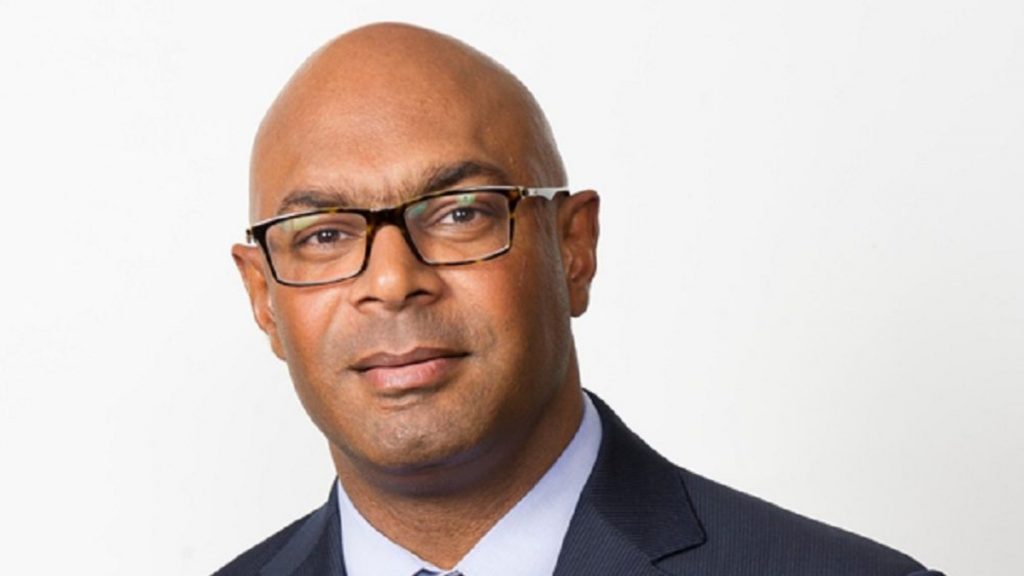LG’s 100-Inch QNED evo AI TV Redefines Big-Screen Viewing in South Africa In a bold leap forward for home entertainment, LG Electronics South Africa…
Crypto regulations: ‘Distinguish between hype and tech’

In just a few years, the adoption of cryptocurrencies as well as the entry of new players into the market has skyrocketed. However, in evaluating cryptocurrencies, it is important to distinguish between technological advances and potential improvements to the payments system, as well as the hype.
This is according to Kuben Naidoo, deputy governor of the South African Reserve Bank (SARB) and a member of the Monetary Policy Committee, who spoke at the most recent PSG Think Big webinar.
Naidoo highlighted that the SARB’s thinking on cryptocurrencies has evolved, and that it now views it as a type of asset and believe it should be regulated as such. However, he elaborated that the role of the SARB as it looks to regulate the industry is not purposed towards helping users to mitigate market risks, or to “pick winners and losers”.
The ups and downs of the market fall outside the concerns of the regulatory framework in a free market, and investors are free to choose which assets to invest in.
Instead, the SARB is primarily concerned with implementing a regulatory framework that ensures anti-money laundering legislation and exchange controls are adhered to, just as they are for investment and trading in other financial assets.
Naidoo does not see cryptocurrencies as being a likely challenger to the authority of the South African Reserve Bank as the technology is still developing and digital currency is still too volatile to be widely used as a means of payment. However, the use of crypto for money laundering and other illicit activities is a source of concern.
He explained that 90% of transactions involving cryptocurrency in the US is for the purchase of opioids or gambling tokens. “Another unfortunate reality is that crypto is being used by cyber criminals to demand ransoms, and to fund cross-border kidnappings and other international crimes.”
Therefore, the SARB and Intergovernmental Fintech Working Group is actively considering taking two immediate steps to reduce the risk of cryptocurrencies being used to evade existing regulations.
As Naidoo explained, the first port of call will be to bring crypto into the regulatory regime under the auspices of the Financial Sector Conduct Authority, and for the Financial Intelligence Centre to list it as part of a schedule under the Financial Intelligence Centre (FIC) Act.
Regulatory framework for crypto
Secondly, a regulatory framework needs to be developed for exchanges and platforms which includes KYC (Know Your Customer) protocols, as well as exchange control and the applicable taxation laws. In addition, cryptocurrencies should come with a ‘health’ warning, indicating that the potential to lose money should be taken seriously and that owning cryptocurrency is not the same as making a bank deposit.
According to Naidoo, this approach is welcomed by most of the industry, with many players indicating that greater crypto regulation will help to legitimise the use of the technology. In Naidoo’s opinion, it will also go a long way in curbing the impact of money laundering and helping platforms to build systems that are safe and trustworthy. Developments in this regard are occurring slowly but surely, as the SARB awaits the amendment of Schedule 1 of the FIC Act by the minister of finance.
However, rather than expecting a “big bang” approach, the public should expect a steady and consistent influx of regulatory measures within the coming months as the industry regulation begins to take shape.
Naidoo also discussed the issue of the SARB issuing a central bank digital currency. In furthering these ambitions, the SARB is intimately involved with Project Dunbar – an initiative that brings together the Reserve Bank of Australia, the Central Bank of Malaysia, the Monetary Authority of Singapore, and the South African Reserve Bank for a cross border central bank digital currency.
He concluded that the SARB’s aim is improve the efficiency of the local payment system – bringing down costs and the time that it takes to clear and settle in the payment system. He predicts that a central bank digital currency would most likely be used for cross border payments, either for goods and services or remittances, but this will take several years before it becomes a reality.
ALSO READ: Binance signs up world’s biggest TikTok star as ambassador

